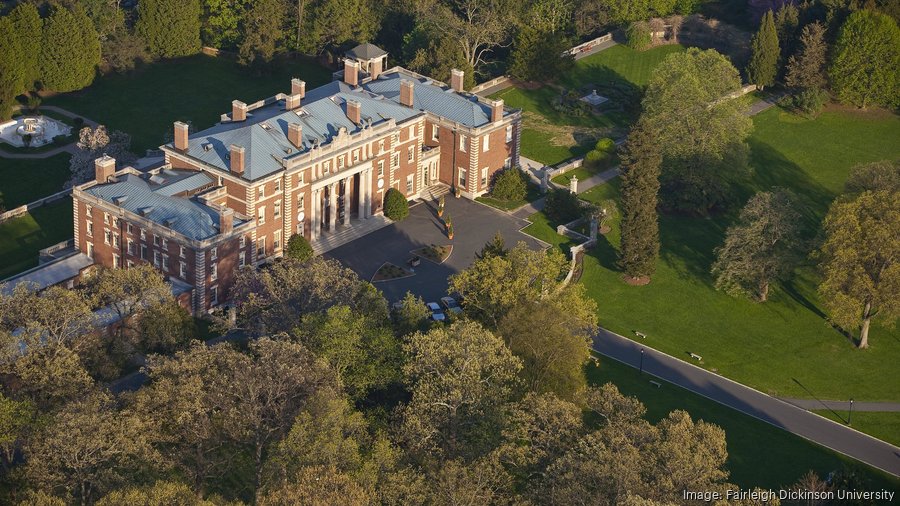Colleges and universities across the nation should be taking notice of a report published this month by the Institute of Education Sciences about how the perception of affordability effects enrollment.
The findings suggest that just the perception of college being too expensive stopped many students from pursuing degrees. The report surveyed 23,000 students between 2009 and 2016 and found that students who felt their families could not afford college (even before knowing the actual cost), were less likely to be attending college a few years later. This should send a message to colleges that communicating to prospective students about the real cost of attending college, rather than just the sticker price, well before they apply could help capture students who might otherwise pursue different pathways, higher-ed experts said. The ongoing enrollment declines the sector faces makes the need for improved outreach even more timely, said Kim Cook, chief executive officer of the nonprofit National College Attainment Network.
“A lot of students are getting themselves out of the game before they even got a chance to learn more because they're thinking about what they think their families can afford,” said Terri Taylor, strategy director for innovation and discovery at Lumina Foundation, an Indianapolis-based foundation focused on increasing access to higher education. “Maybe their parents told them; maybe they didn’t. But the perception was there.”
The study found that 32% high school juniors in 2012 felt that their families could not afford college. Three years after high school, 58% of students who thought their family could afford to send them to college were enrolled while just 38% of students who thought their families could not afford to send them to college were enrolled. The findings also showed that 20% of students who felt their families could not afford college in 2012 were not enrolled in college or employed in 2016, compared to 10% of students who believed their families could afford higher education.
Taylor added that affordability issues have only worsened since 2012. The pandemic has further stressed families’ abilities to pay for college and public scrutiny questioning whether a college degree is worthwhile has increased in recent years. All that has underscored the need for colleges and universities to increase access to low and middle-income students, higher-ed experts said. Some schools are addressing affordability by lowering tuition costs or by directing federal relief aid to unpaid student debt.
Fairleigh Dickinson University, a private school in New Jersey, for example, last fall lowered its tuition by about 22% to $32,000. Fairleigh Dickinson President Christopher Capuano said in an interview this week that the decision to lower tuition was driven by demographic trends and growing concerns that higher education is not worth the investment.
“Colleges have to do more to make higher education accessible to more people,” Capuano said. “(Lowering tuition) was not something we needed to do but it's something I felt we had an obligation to do. When you're at $45,000 a year in tuition (plus) room and board, that's daunting. Most people think, ‘Even if I get a good scholarship, there's no way I'm going to be able to go to that school. It's out of my reach.’”
Capuano is focused on growing total enrollment to make up revenue from charging students less.
Likewise, Colgate University in Hamilton, New York, has eliminated tuition for students with family income of $80,000 or less. Families with annual income levels between $80,000 and $125,000 will pay an average of 5% of their income toward tuition, and families with annual income levels between $125,000 and $150,000 will pay about 10% of their income toward tuition.
“When I came in, I just thought that Colgate needed a major push in accessibility,” university President Brian Casey said in a recent interview.
Cook, with the National College Attainment Network, said that colleges should increase outreach to high school students about the value of a higher-ed degree and financial aid. Cook also advocates for the doubling of the Federal Pell Grant Program, which would increase access for low-income students.
“I think they may have to fill in in some areas where high schools have not been able to support students for things like career exploration, connecting careers to credential and going through financial aid applications,” Cook said.





